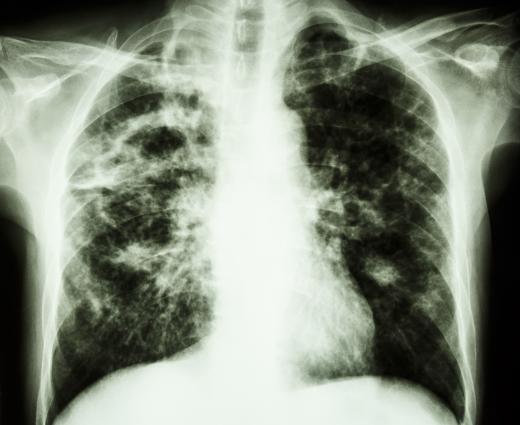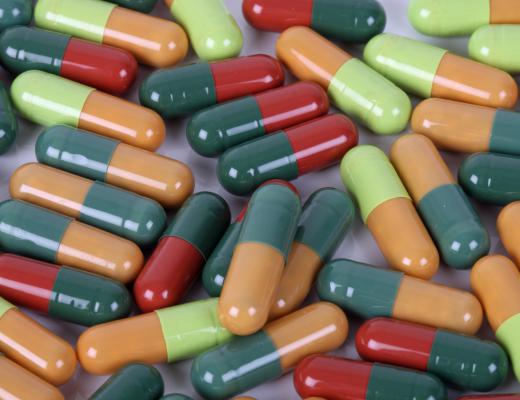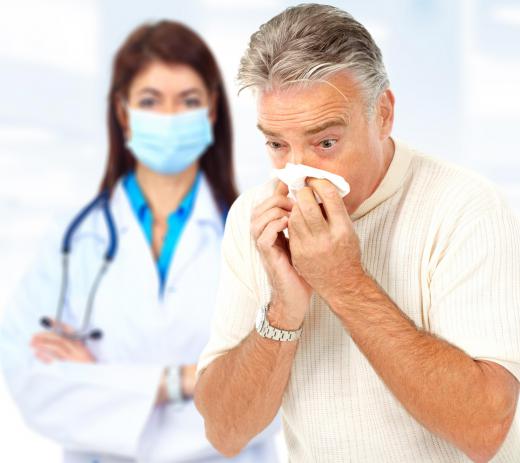What is Rhamnose?
Rhamnose is an unusual sugar that is found primarily in plants and some bacteria. Unlike most natural sugars, it is found in an L configuration instead of the usual D configuration. It forms a major structural component of plant cell walls and is also bound to other compounds, such as phenolics. In some gram negative bacteria, the sugar is bound to lipids. Both the pure compound and the lipid component have a number of uses in the pharmaceutical, agricultural, and cosmetic industries.
In addition to its unusual L structural configuration, this unusual compound is also atypical because it is a deoxy sugar. Such sugars are usually components of DNA or RNA. This compound is found as simple sugar in some plants, but more commonly is found as a glycoside. Such structures combine a sugar with another compound, such as a phenolic.

One highly important and widespread use of this sugar in plants is as a component of polysaccharides known as rhamnogalacturonans. Such polymers are important for plant cell wall structural integrity and comprise part of pectin, one of the substances that holds plant cell walls together. These are long chains of L-rhamnose mixed with galacturonic acid. There are different types of rhamnogalacturonans that vary in their degree of branching and components, which may include other sugars.
Bacteria known as mycobacteria have rhamnose in their outer membrane. Such bacteria include the casual agent of tuberculosis. Drugs that target the synthesis of this sugar are being studied as possible clinical agents to treat this disease.

Other bacteria utilize rhamnose combined with lipids in their polysaccharides, resulting in compounds called rhamnolipids. Those produced by the gram negative bacterium Pseudomonas aeruginosa are used commercially. At least one other type of gram negative bacterium has been genetically engineered to produce a larger percentage of rhamnolipid in the exopolysaccharide surrounding the cells to facilitate improved extraction of the compound for industrial uses.

Rhamnolipids have the properties of a surfactant, meaning they can mix with oil and water. Most such compounds have been made from petroleum products in the past. These naturally based compounds are considered a green alternative to older products, and are often used in cosmetics, pharmaceuticals, and agriculture.
In addition to the direct use of rhamnolipids, they are also used as commercial sources of rhamnose sugar. It is not ideal to have plants as a source of an industrial compound, since their availability may be limited. Many companies prefer to obtain industrial natural products from genetically engineered sources.

There are myriad other uses for this sugar. For instance, there is an overexpression system in which the production of the desired gene is triggered by adding sterilized rhamnose to the genetically engineered bacteria. A rhamnose test is available for intestinal permeability in humans. Many prescription drugs, such as non-steriodal anti-inflammatory drugs (NSAIDs), can cause intestinal damage that manifests as leakage through the intestines. Having patients drink a solution of lactulose and L-rhamnose is one way of testing for this condition.
AS FEATURED ON:
AS FEATURED ON:














Discuss this Article
Post your comments